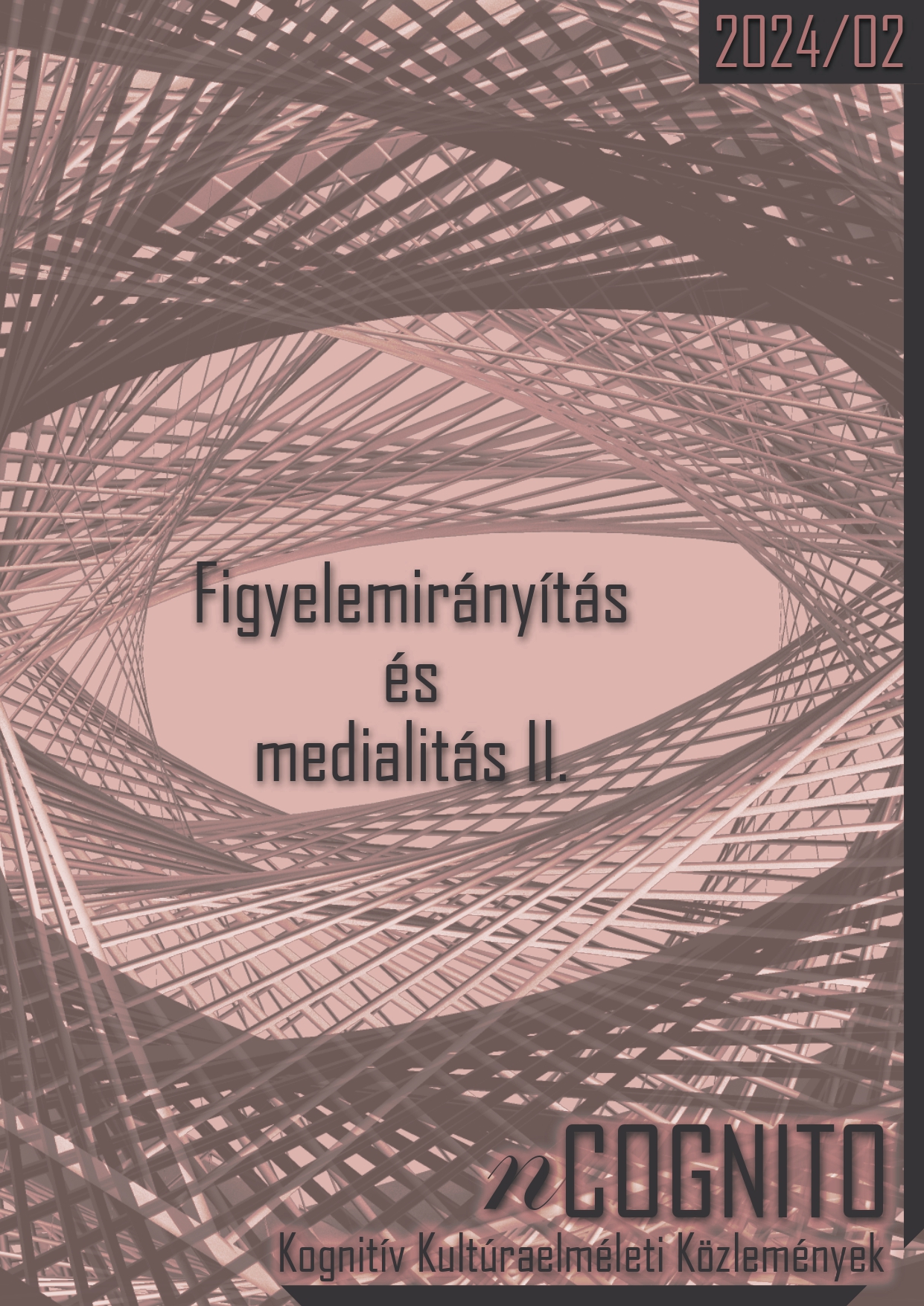Focusing on panels and bubbles The function and pitfalls of directing visual attention in comics
Main Article Content
Abstract
Comics constitute a hybrid form of art, which has a history long enough to have its own established scientific discipline, but still too young to be considered equivalent
with other forms of artistic medium in scholarship and in the artistic world. The present study discusses different aspects of comics, focusing on reader reception and the interpretation of its visual and textual components, in order to gain a more profound understanding of how the narrative properties unique to this genre capture and direct attention in the process of reading. After providing a definition of the comic strip, the paper first examines the characteristics and the typical cognitive traps of multimodal complexes, following Borkent’s (2024) argumentation. The discussion then moves on to review the co-interpretation processes of visual and textual elements, including the role of panels and gutters as graphic tools in organizing these elements as well as the transgression of their conventional functions. These phenomena are illustrated through examples from comics and other media using the reading mechanisms typical of the comic strip. The final section of the paper is dedicated to the speech bubble, a fundamental tool in comics.

